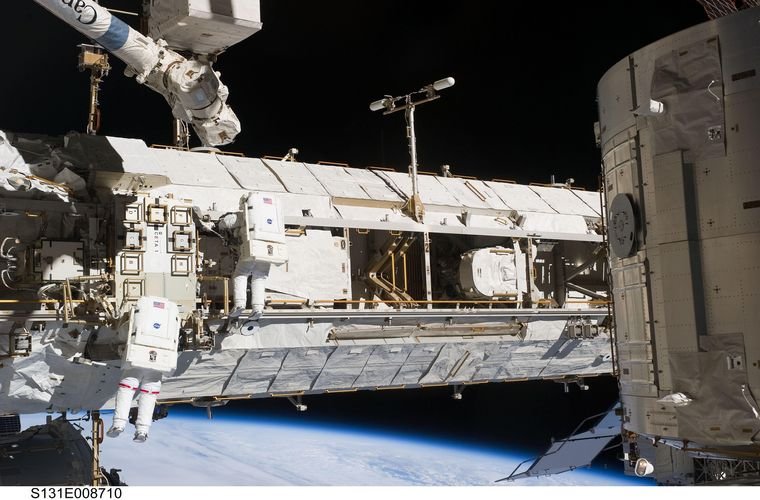Russia has recently declared its intent to withdraw from the International Space Station (ISS), prompting some experts to express concerns that the move could signal problems for the station, which is currently scheduled to cease operations by 2030.
While Russia’s decision is primarily driven by political factors in the aftermath of its invasion of Ukraine earlier this year, the move does signal a future trend toward the establishment of more private space stations by various countries, many of whom aspire to fill the void left by Russia’s withdrawal from cooperative space exploration with the United States.
Background. A Brief History of the ISS
The ISS has played a key role in many global space missions, having become a symbol of international cooperation between countries. In the 22 years since the first human arrived, the ISS has hosted close to 3,000 research projects from more than 100 countries. Over 240 people from 19 countries have visited this station, making it by far the most popular spot in outer space.
Because of its popularity and high levels of use, the station has begun to show obvious signs of wear. While NASA plans on retiring the ISS in 2030 by crashing it into the ocean, its retirement could now arrive a bit sooner on account of Russia’s withdrawal.
Analysis: Russia’s Withdrawal Reveals a Trend
According to the new head of the Russian Space Agency Roscosmos, Russia plans to withdraw from the ISS by 2024 to focus on creating its own space station. Because Russia maintains six of the 17 modules on the ISS, including the main engine system, its withdrawal will be a tricky process. To keep the station functioning, Russia would need to relinquish legal control of its modules to a different country, which some experts have said will not happen.
Russia’s efforts to focus on its own space station reveal a larger trend, where many countries are developing their own private space stations. In the United States, NASA has already awarded three companies–Blue Origin, Nanoracks, and Northrop Grumman–with contracts to begin building three private space stations. One of the space stations currently in the works is called Starlab, and will be created by a collaboration between Nanoracks, Voyager Space, and Lockheed Martin. Starlab will be designed as both a research station, but also a tourist destination, with its completion set for around 2027. The station will only be able to hold four people, although like the ISS, there is the possibility that Starlab may be complemented by other components, or other space stations entirely.
Outlook: Race for Physical Space
Similar competition for satellite placement within Earth’s orbit is currently underway as well. With more satellites going up, limited orbital space is forcing many countries to have to move their satellite placement into lower orbits.
Some experts now warn that similar issues could easily arise in the future with private space stations, as there may not be enough room for all the prospective orbital laboratories that the years ahead might bring. In short, Earth’s orbit is quickly becoming cluttered, a dynamic that is sure to impact both domestic and international cooperative efforts in the future of space exploration.
Kenna Hughes-Castleberry is a staff writer at the Debrief and the Science Communicator at JILA (a partnership between the University of Colorado Boulder and NIST). Her writing beats include deep tech, the metaverse, and quantum technology. You can find more of her work at her website: https://kennacastleberry.com/

